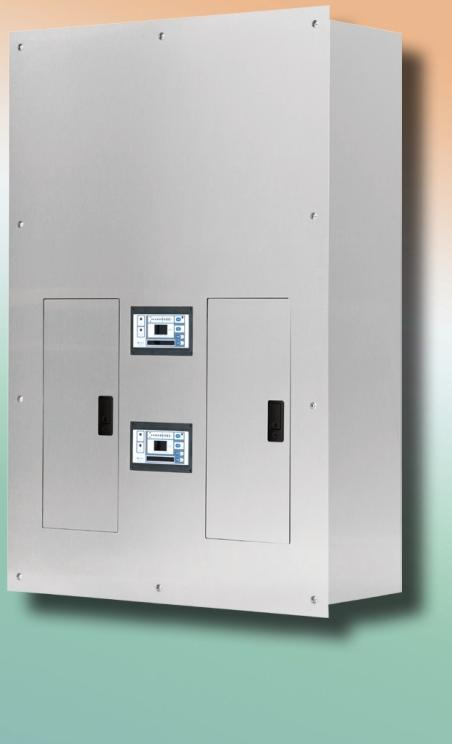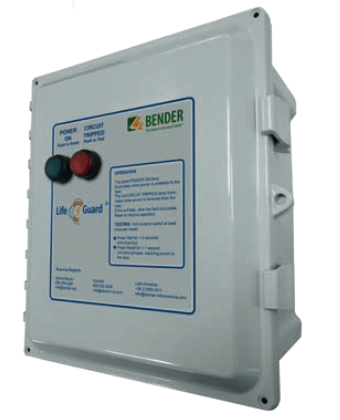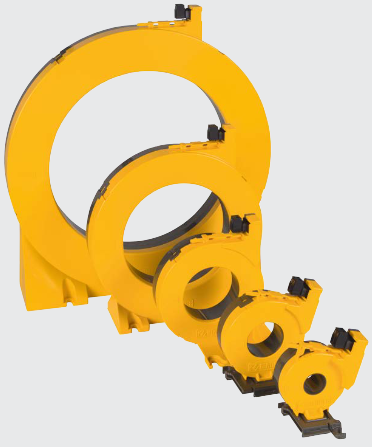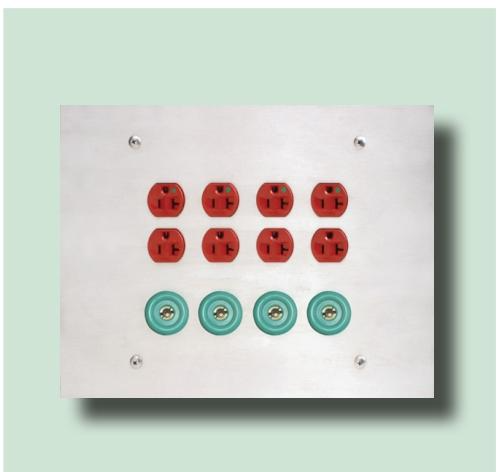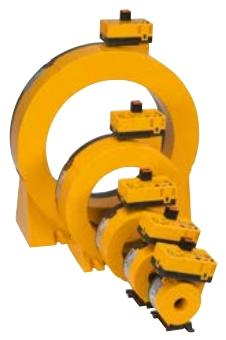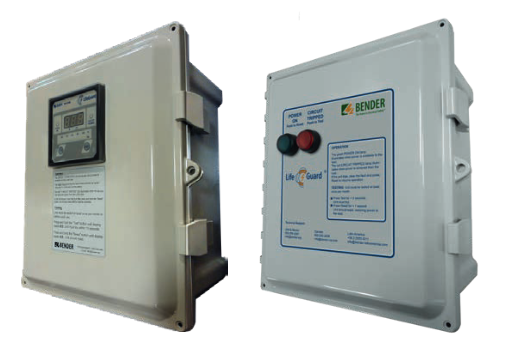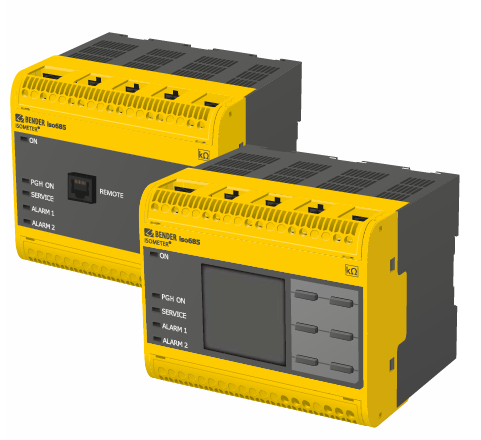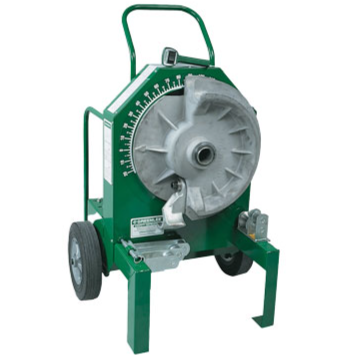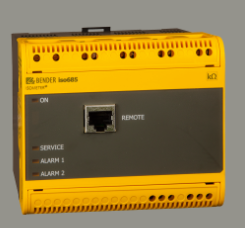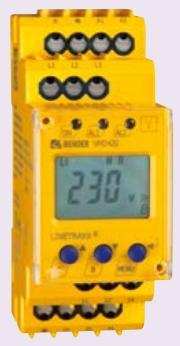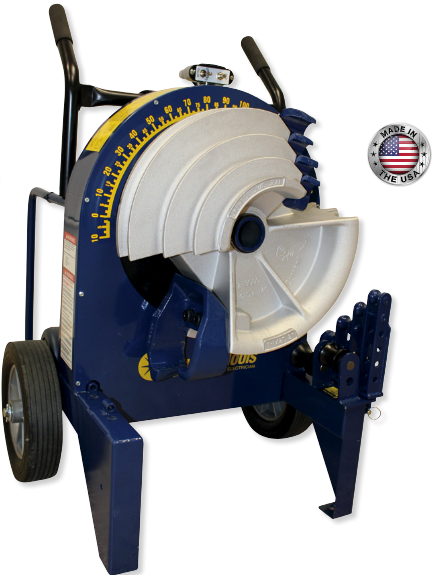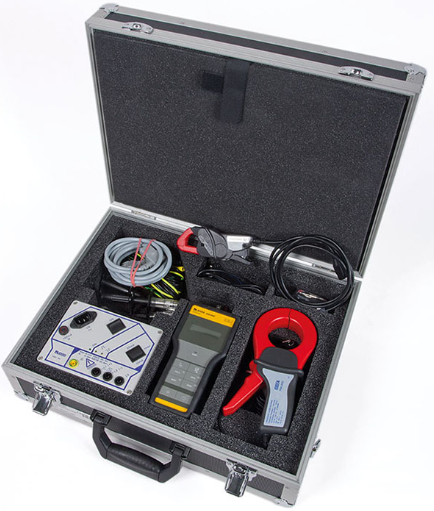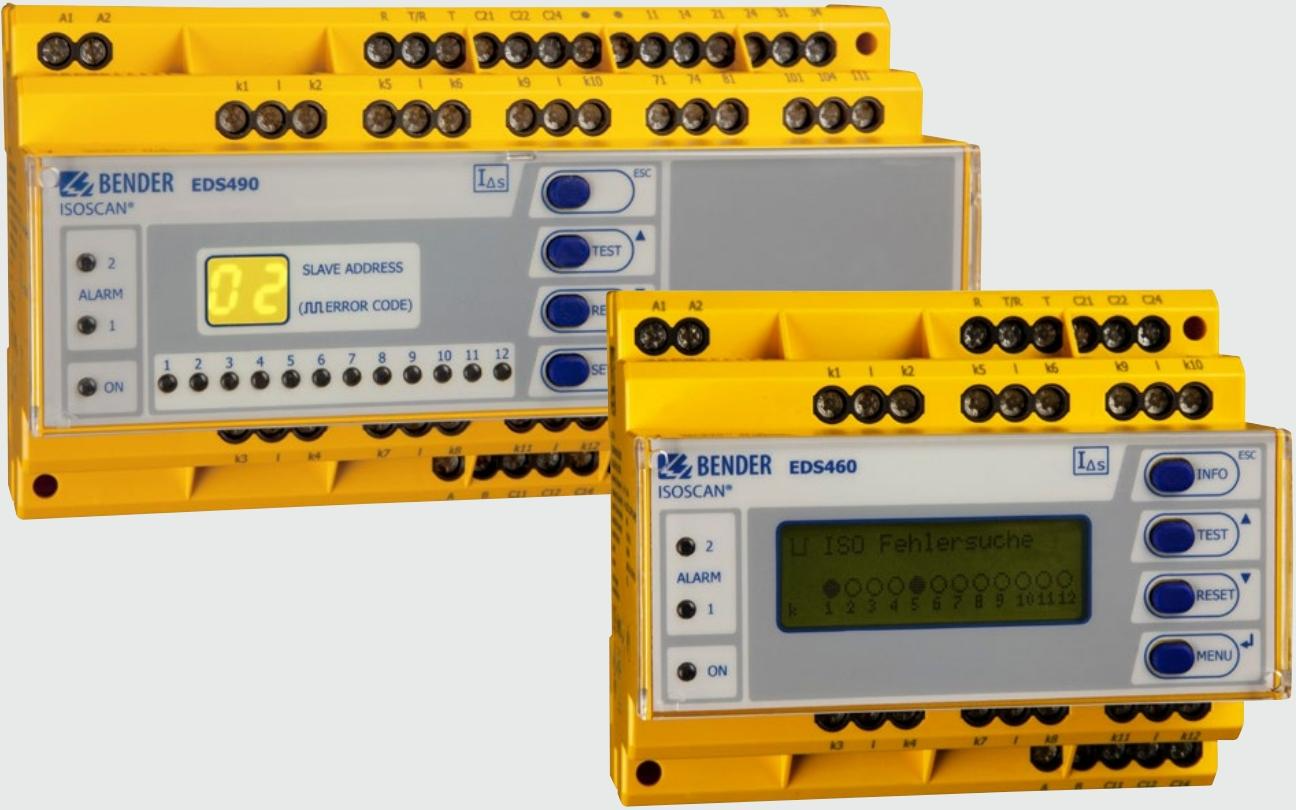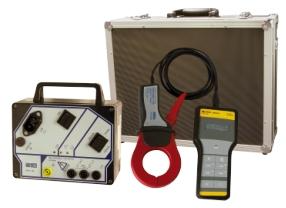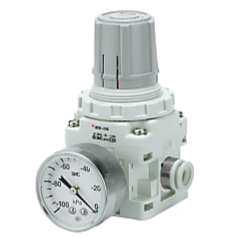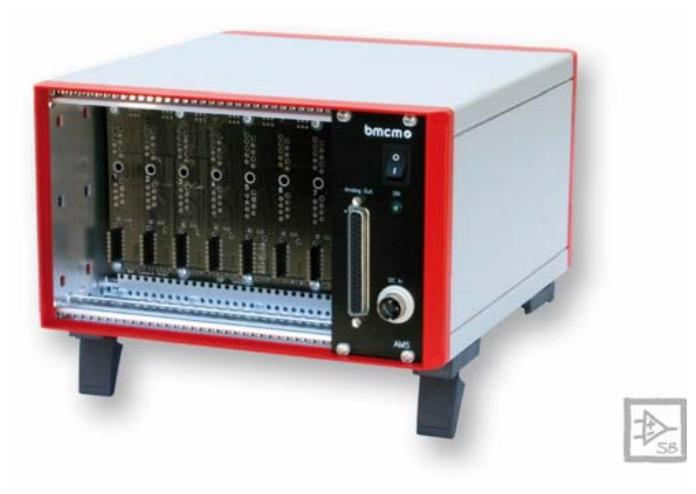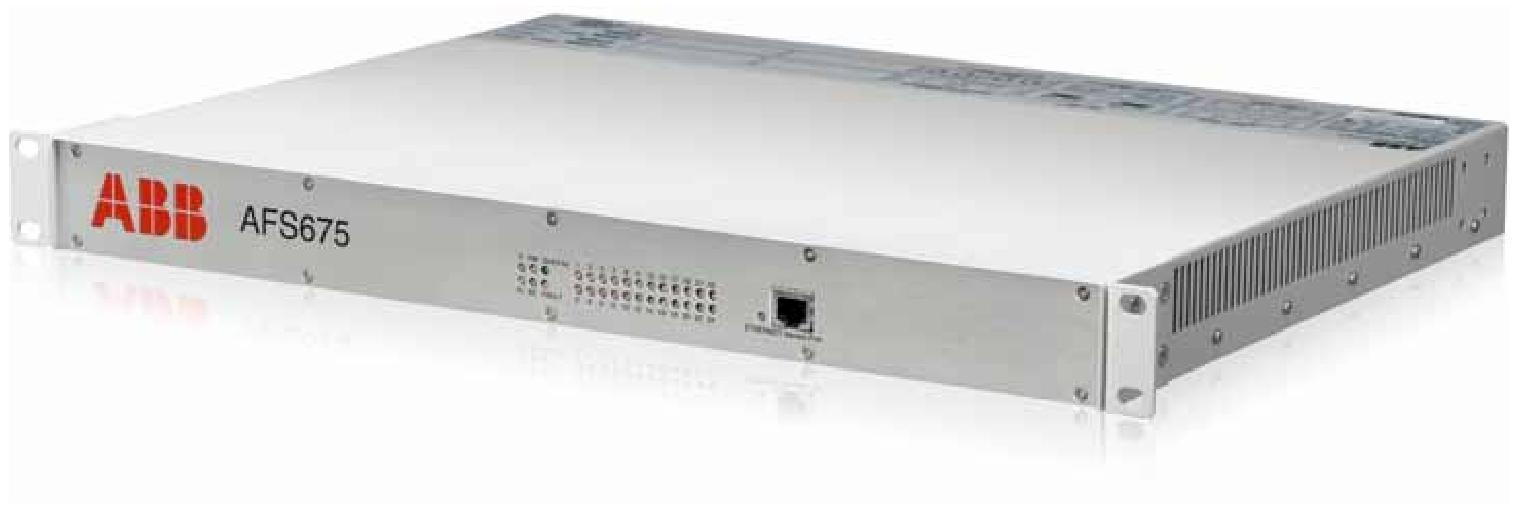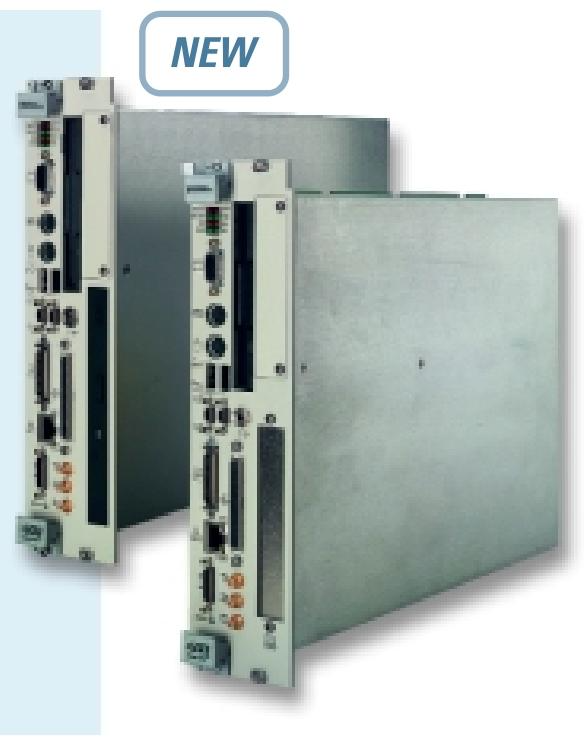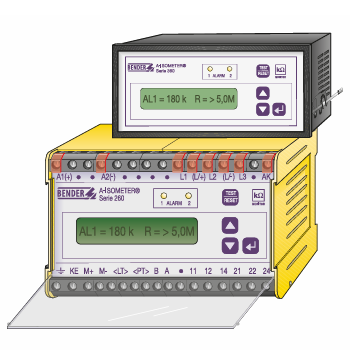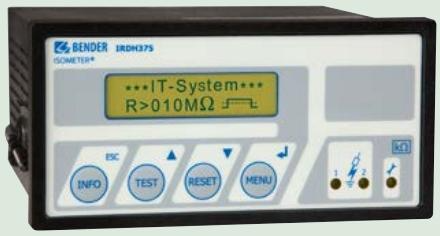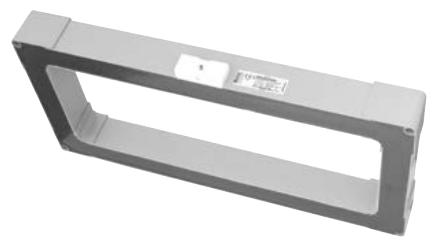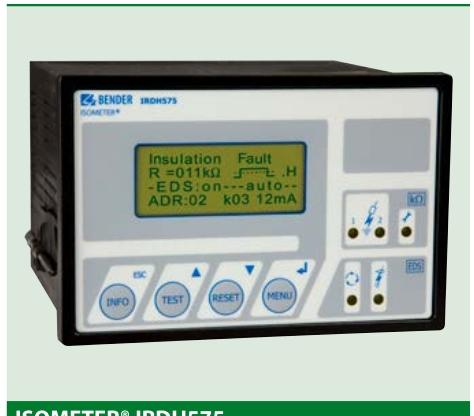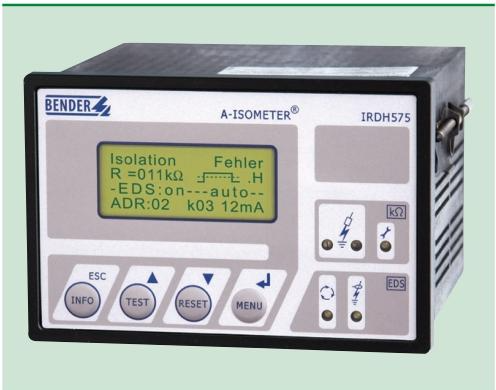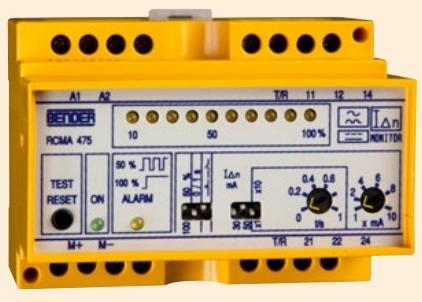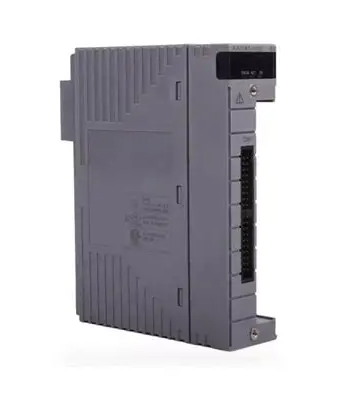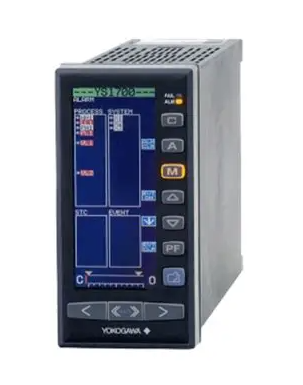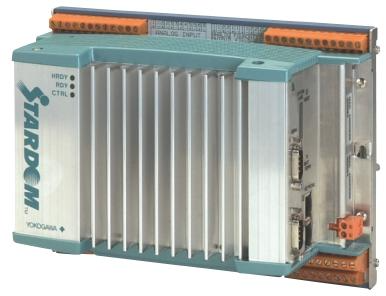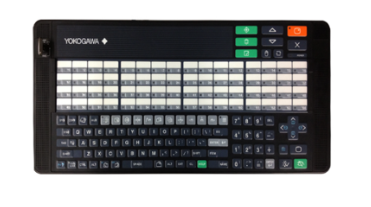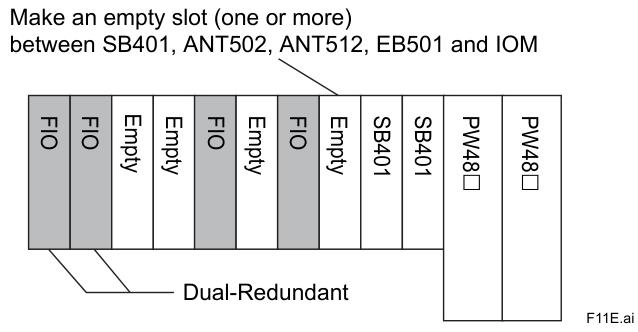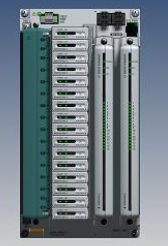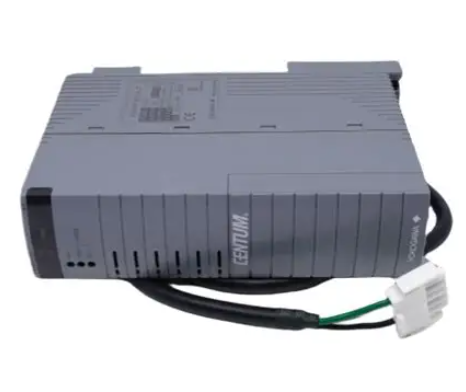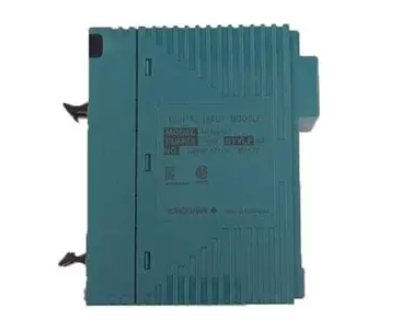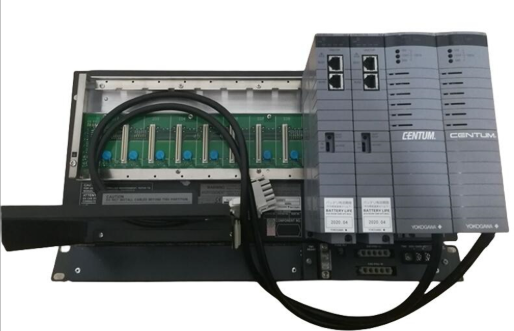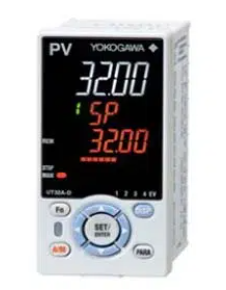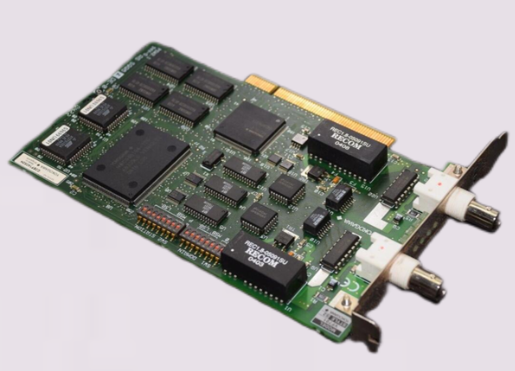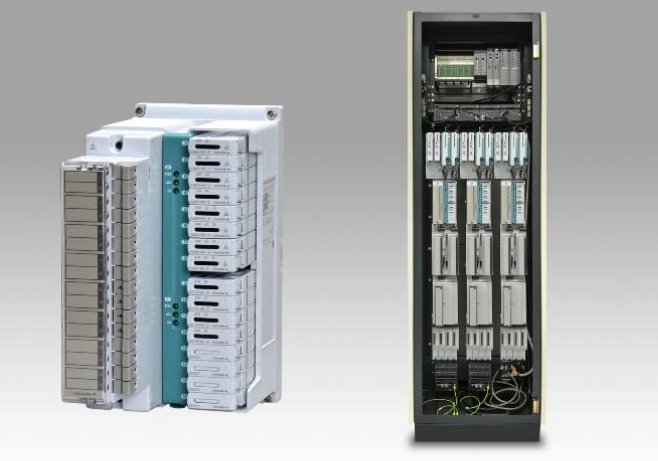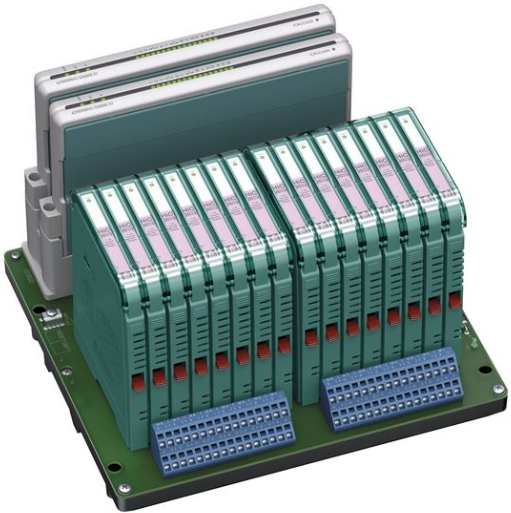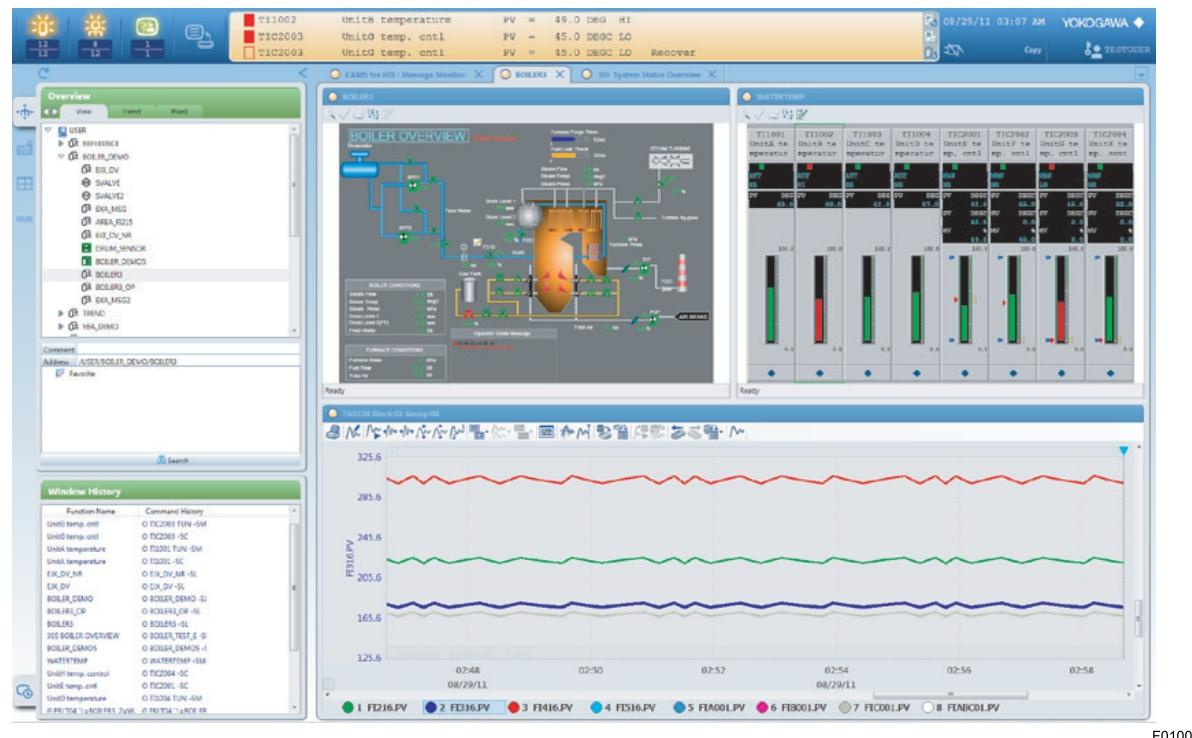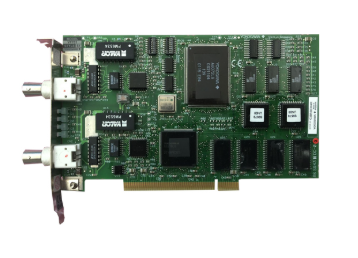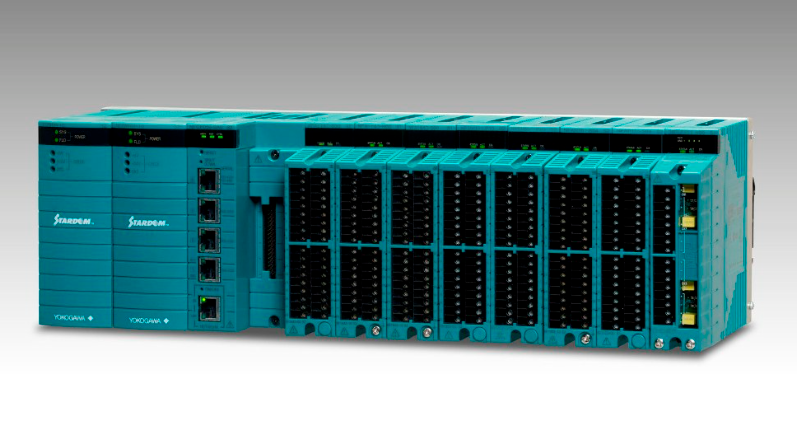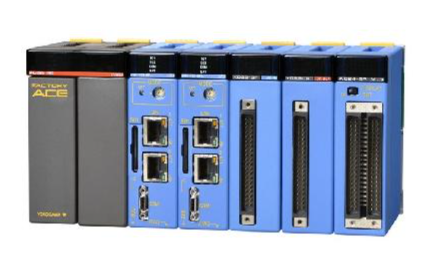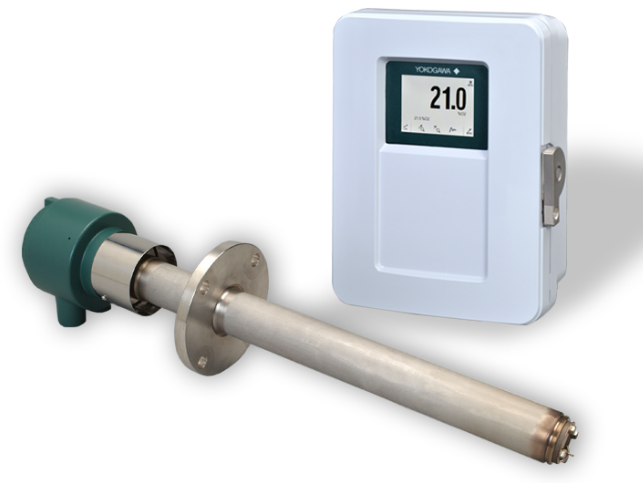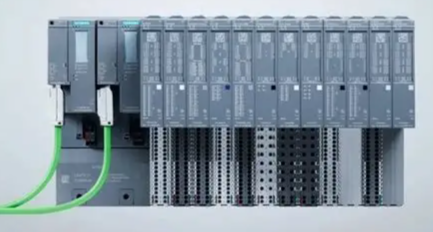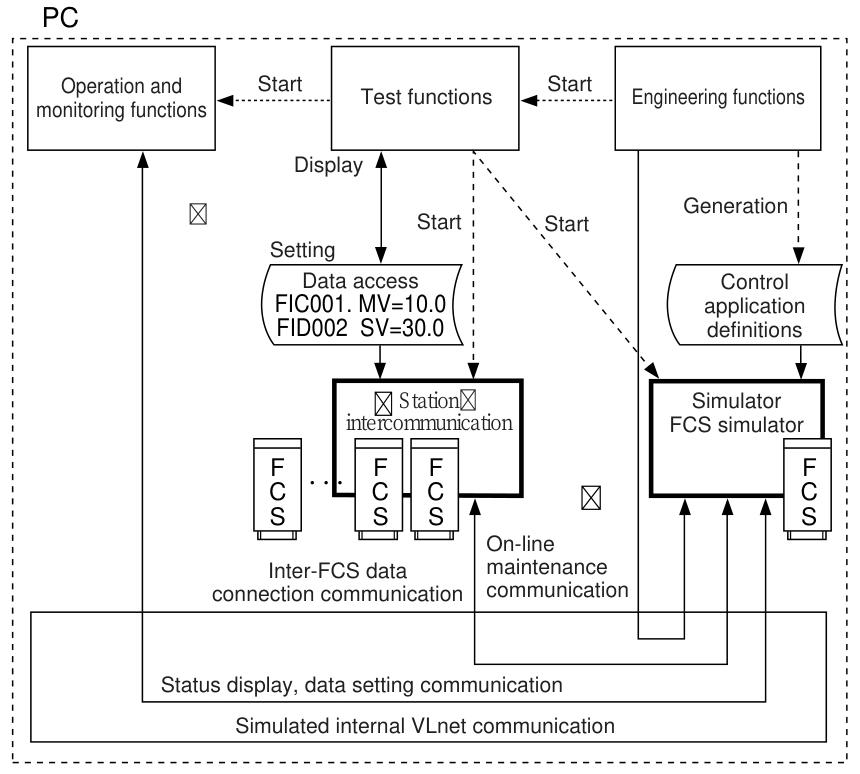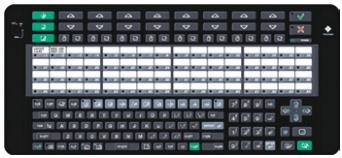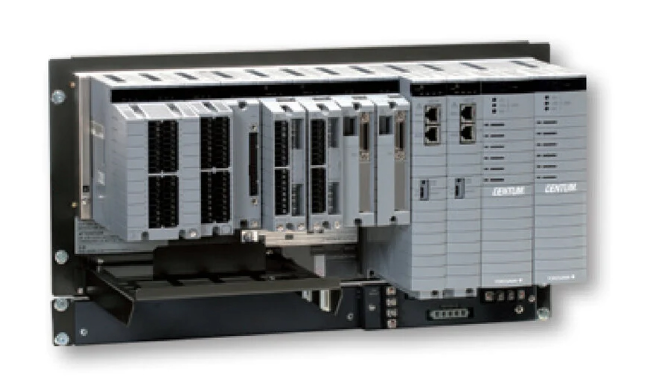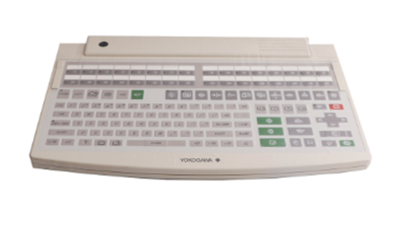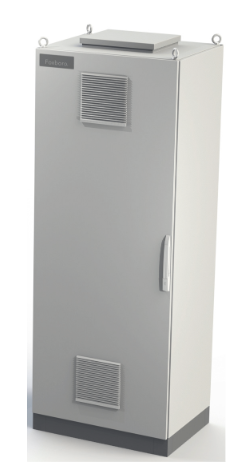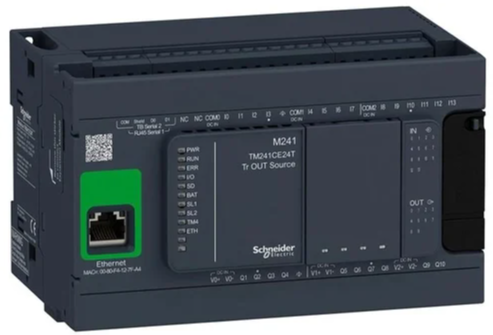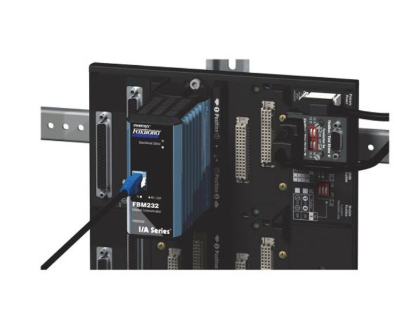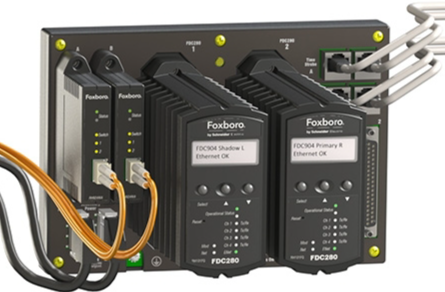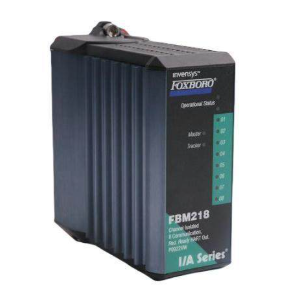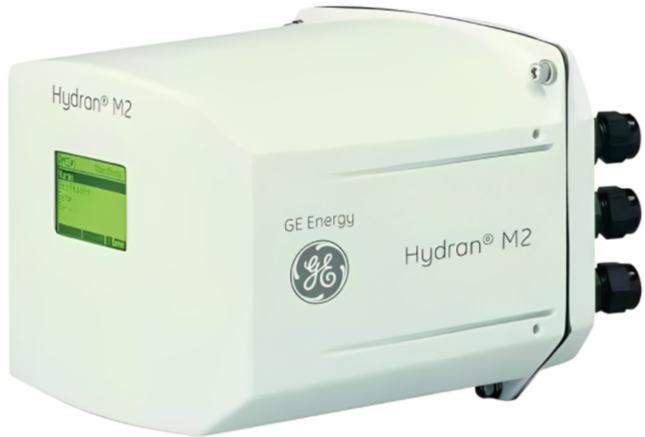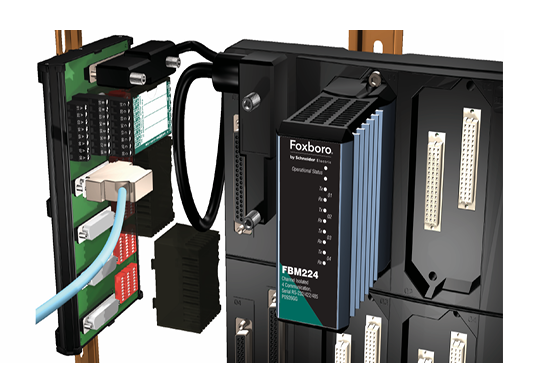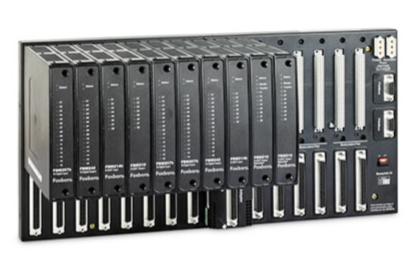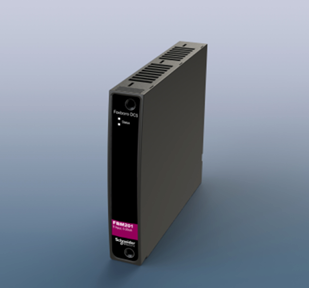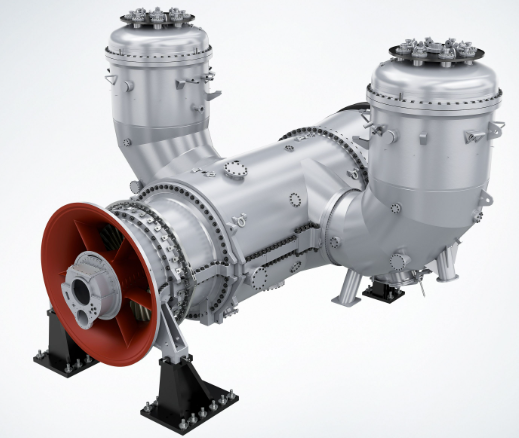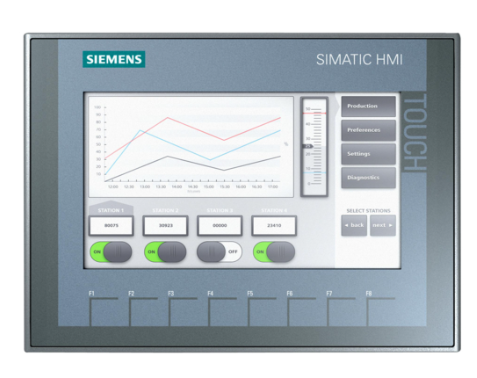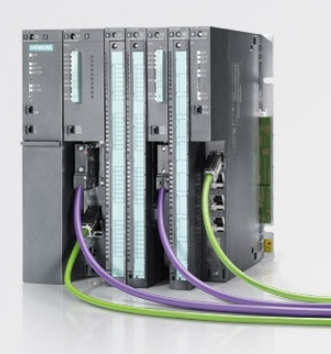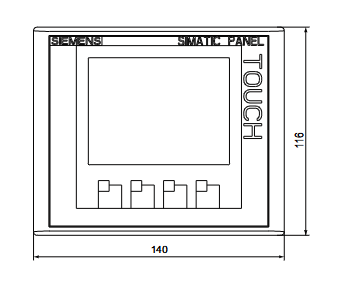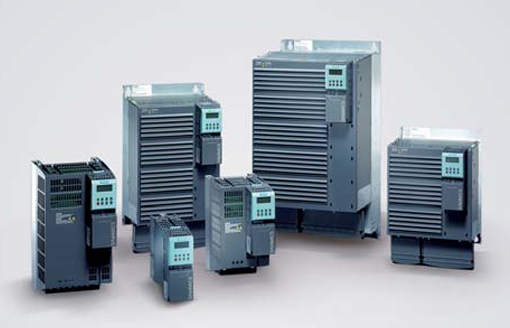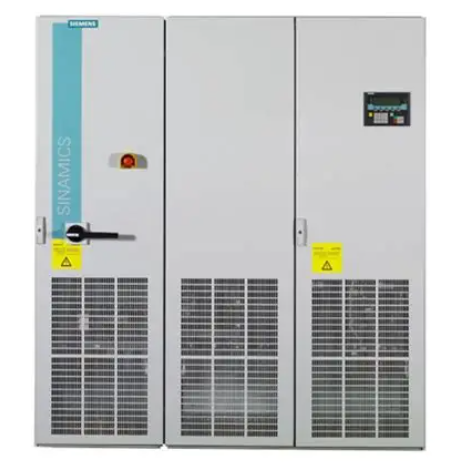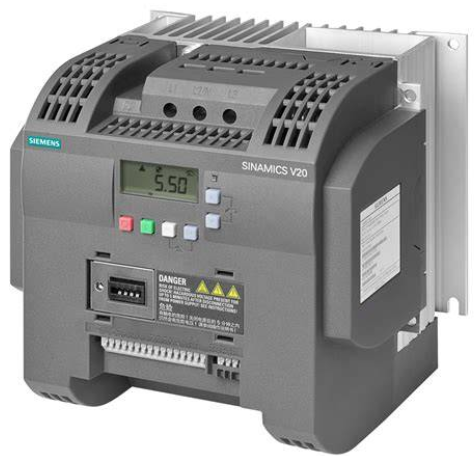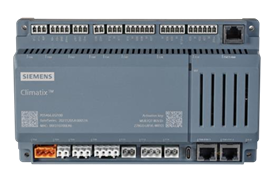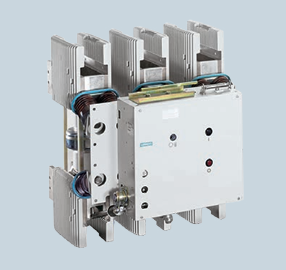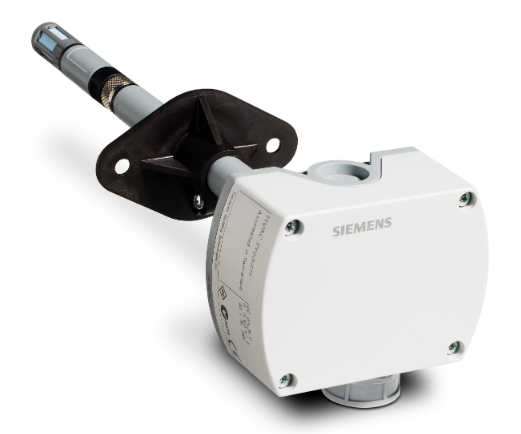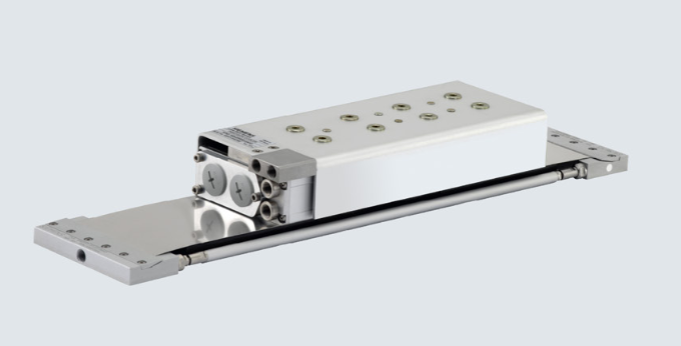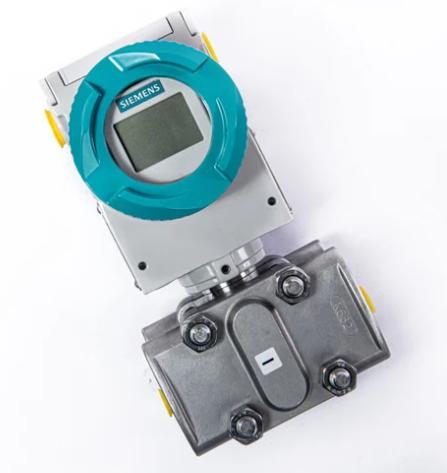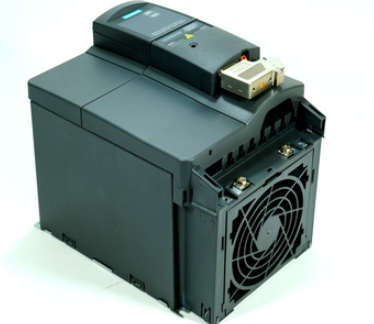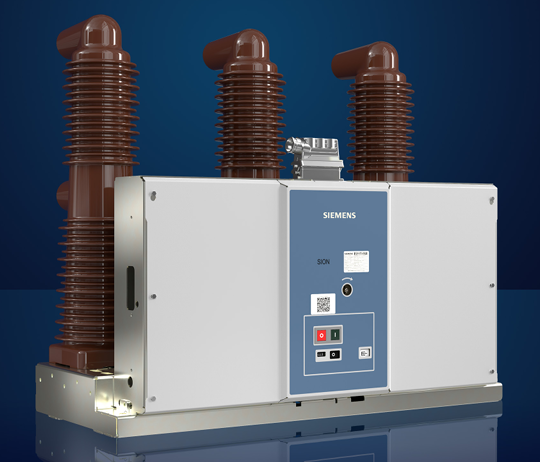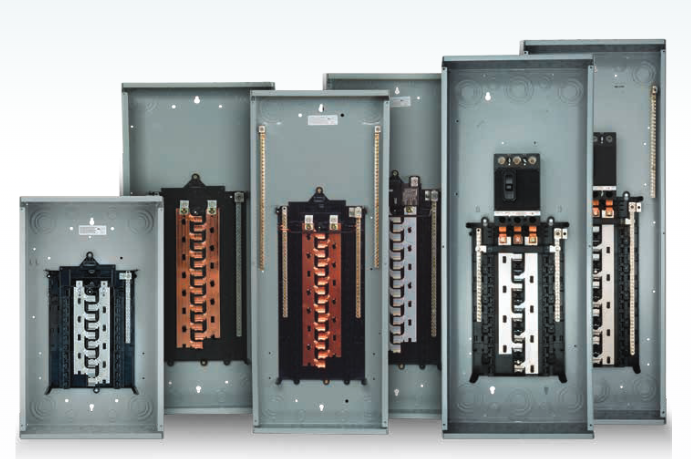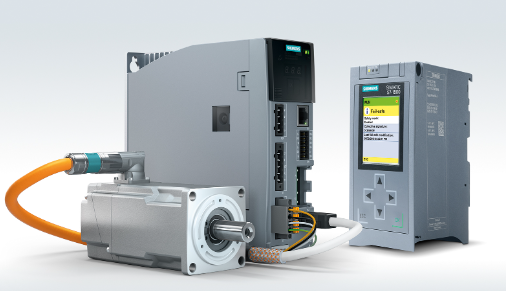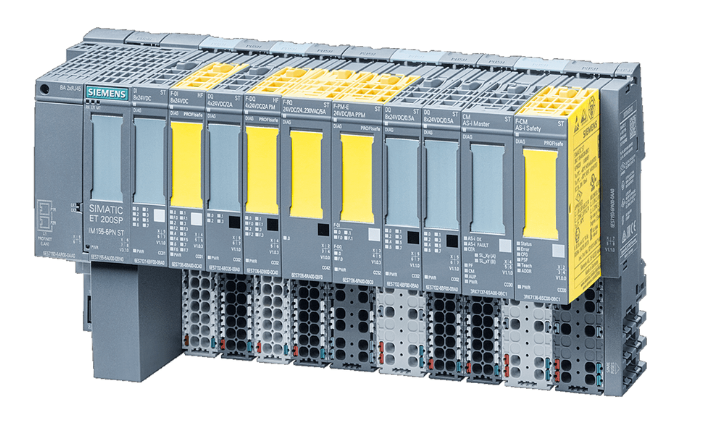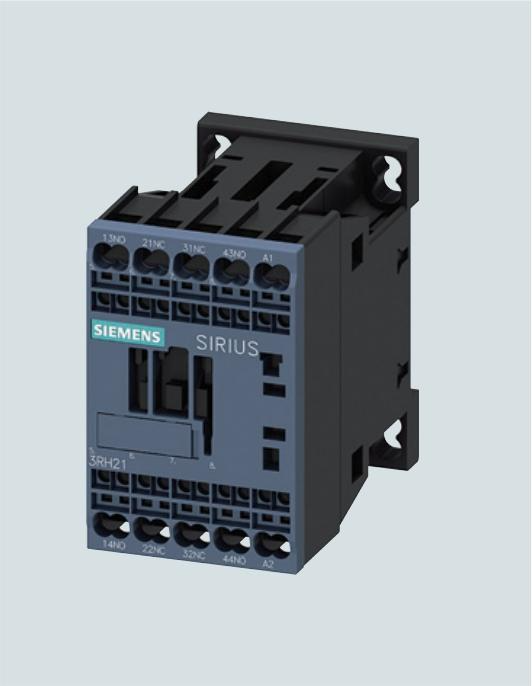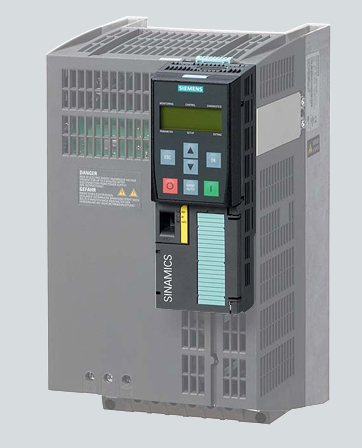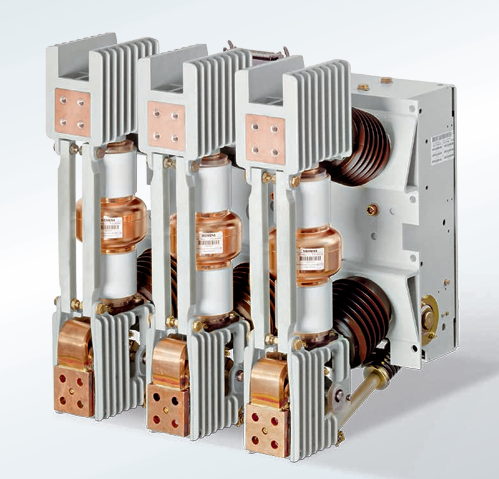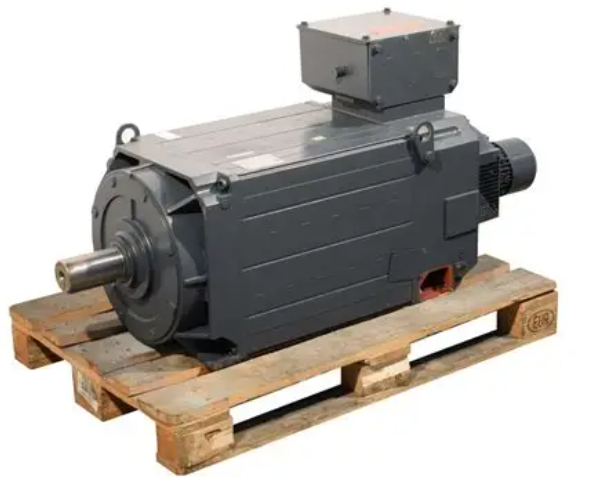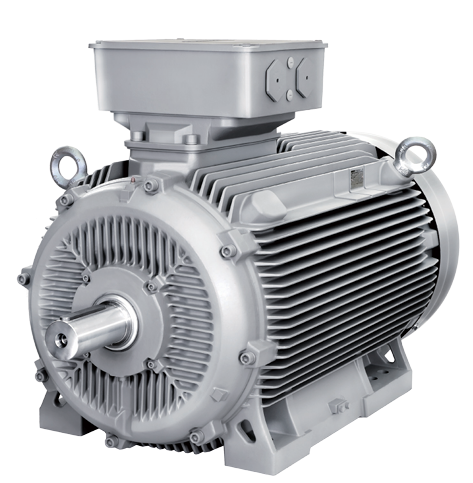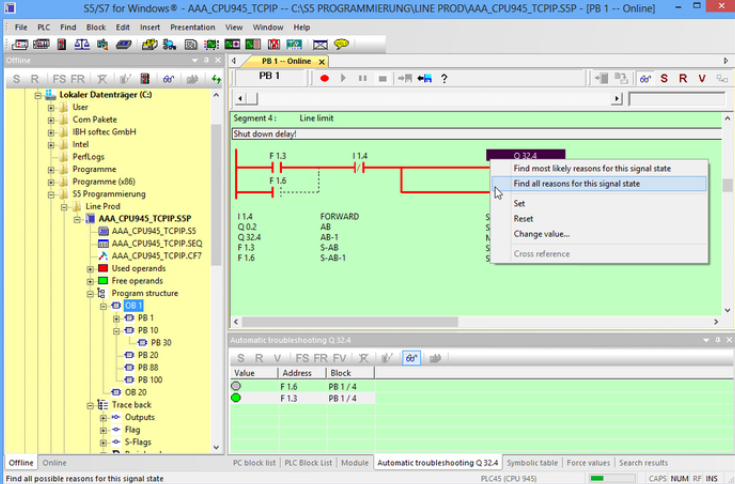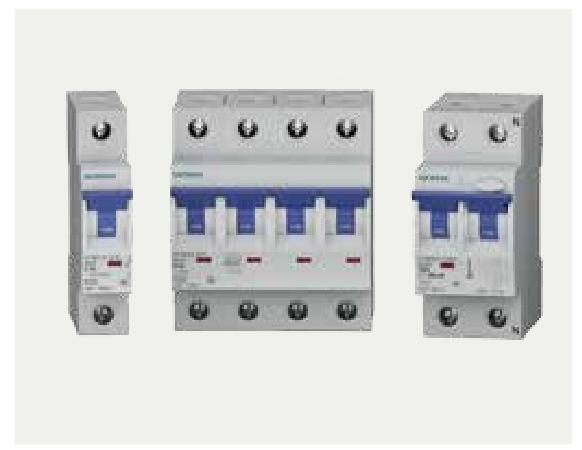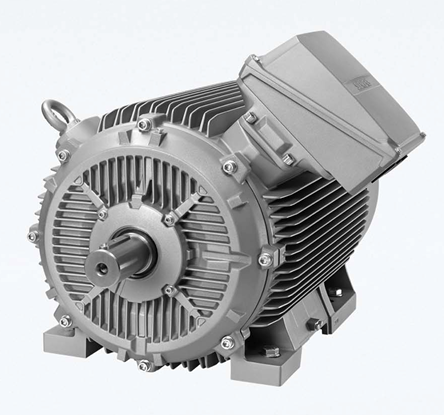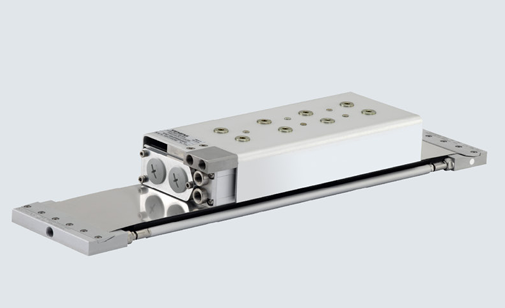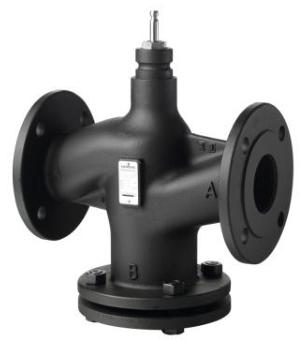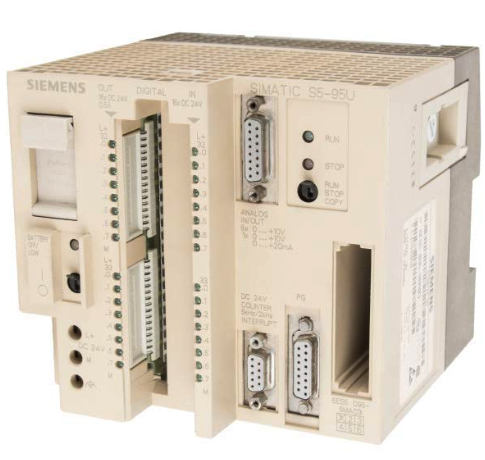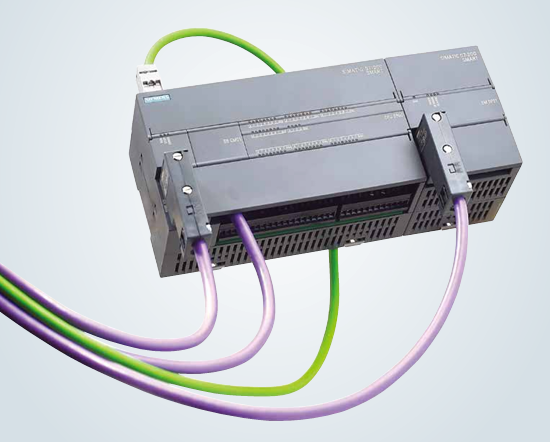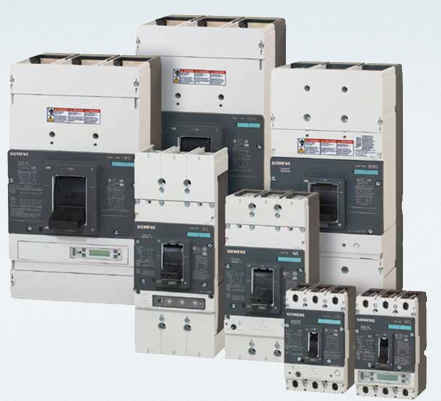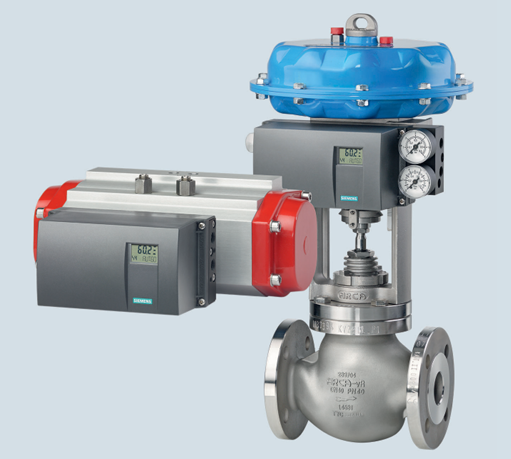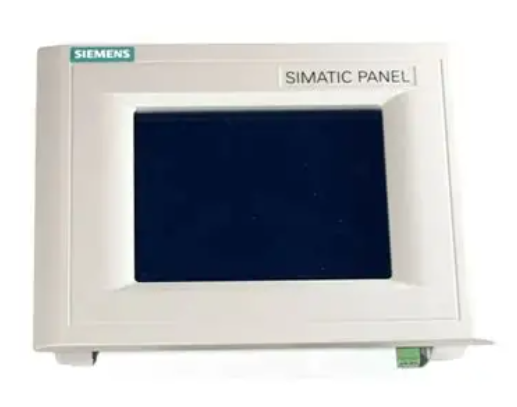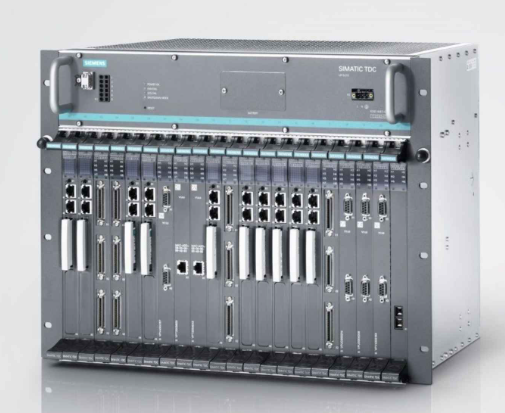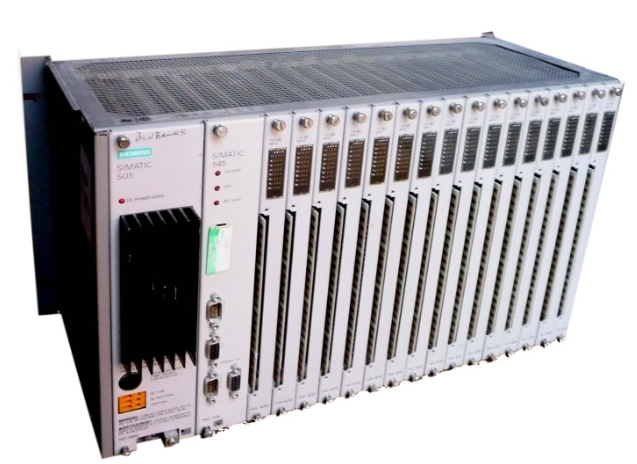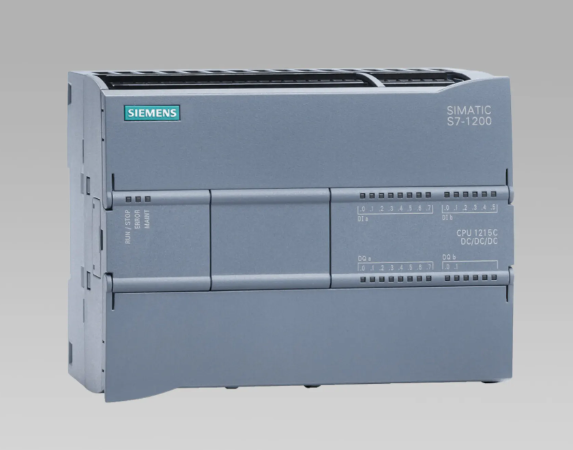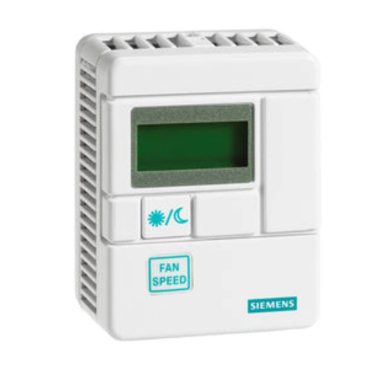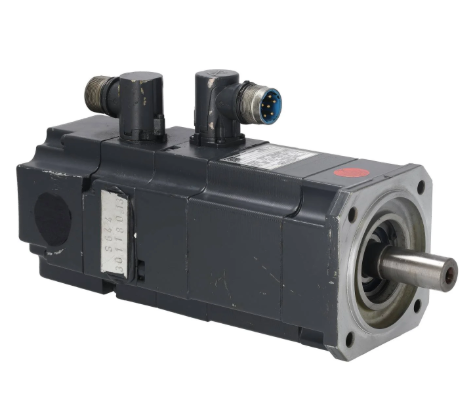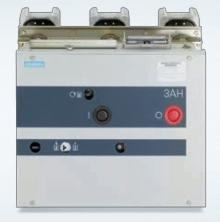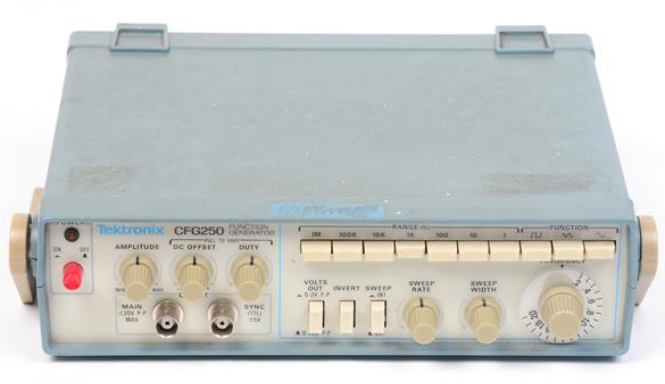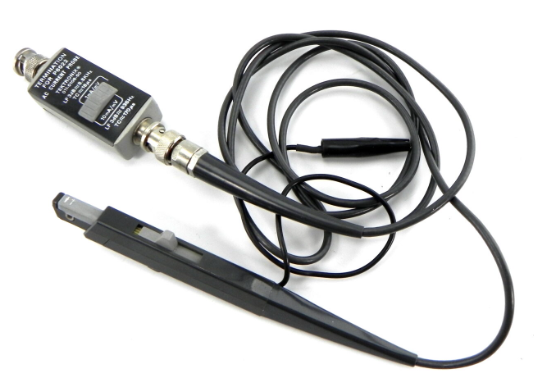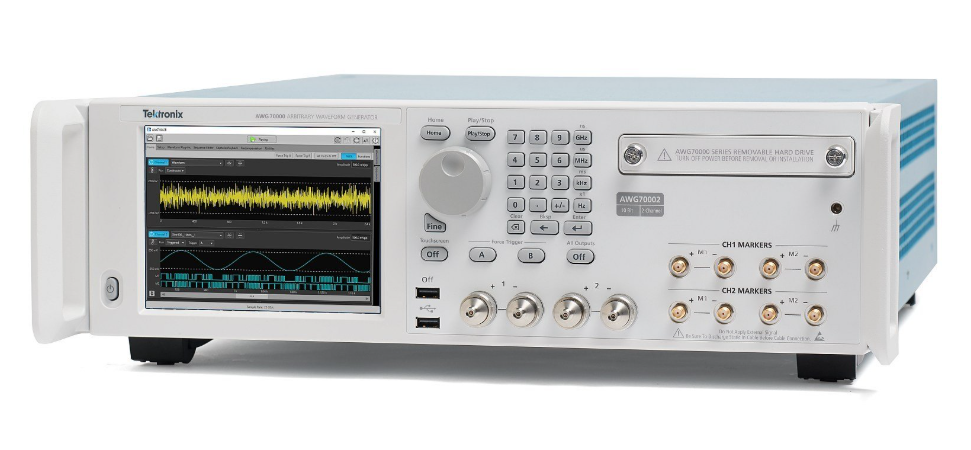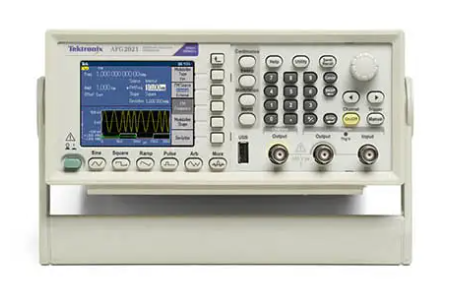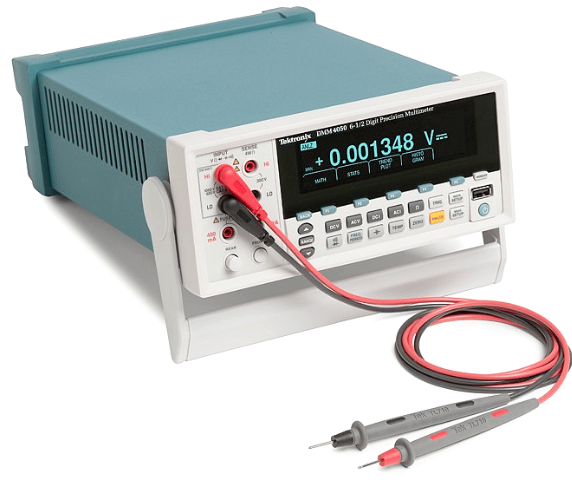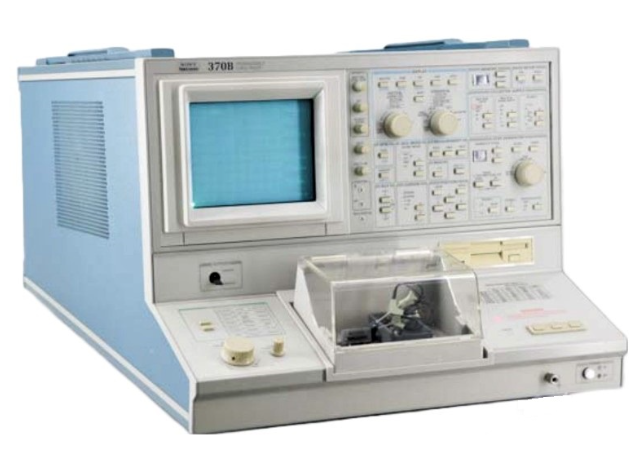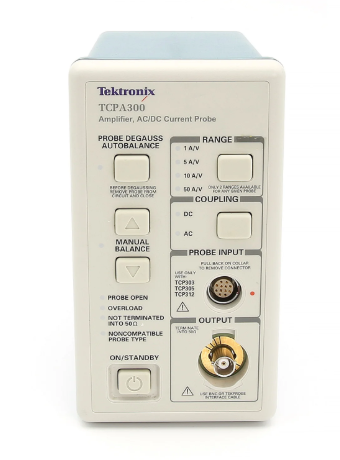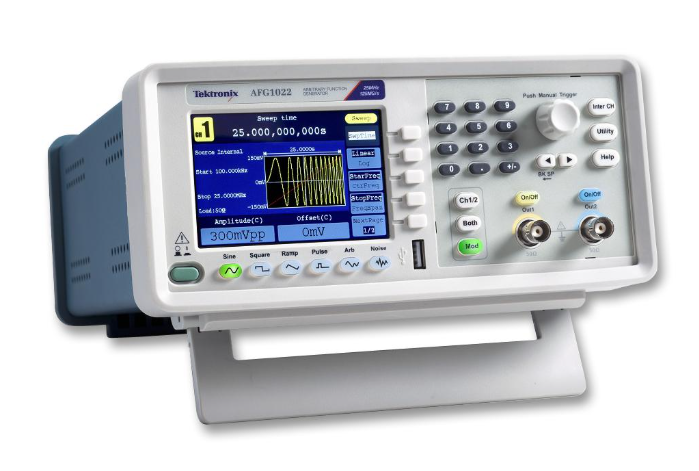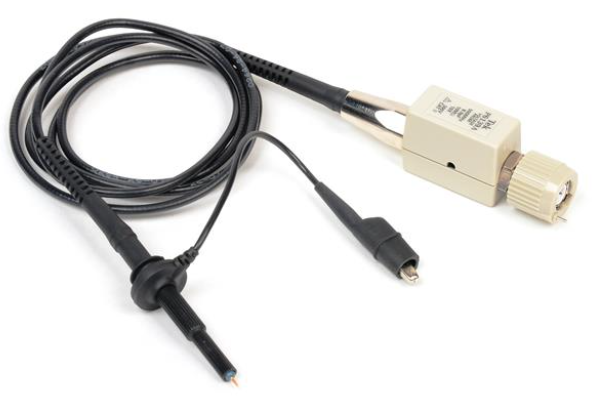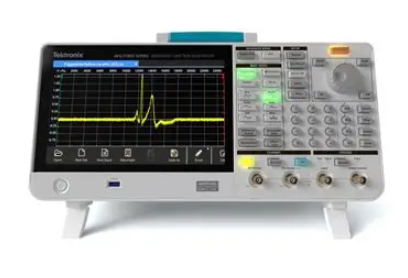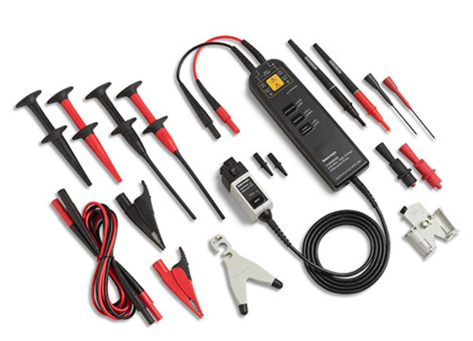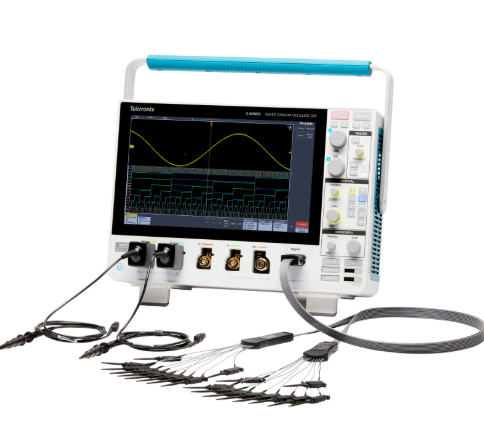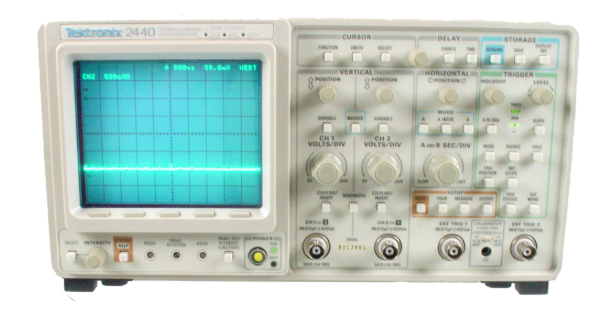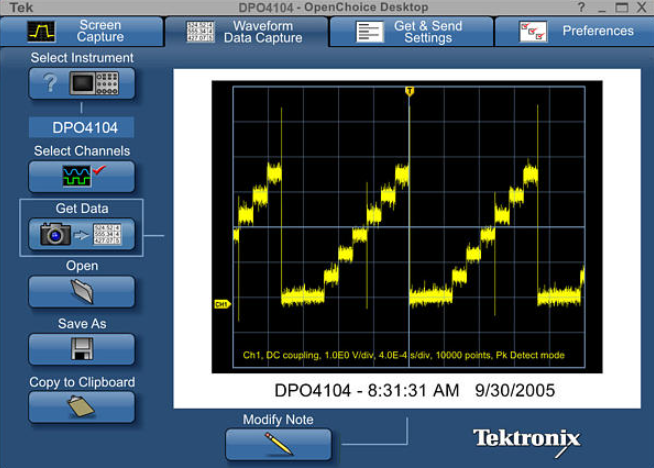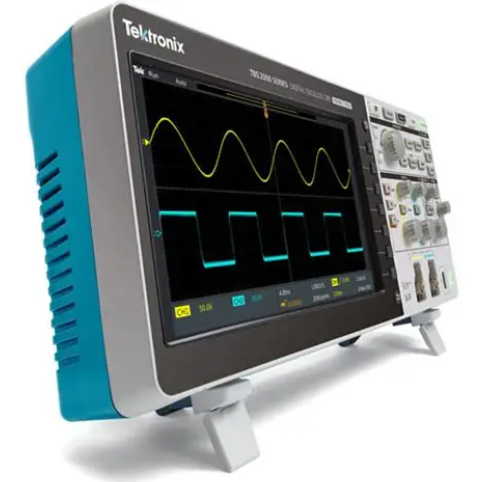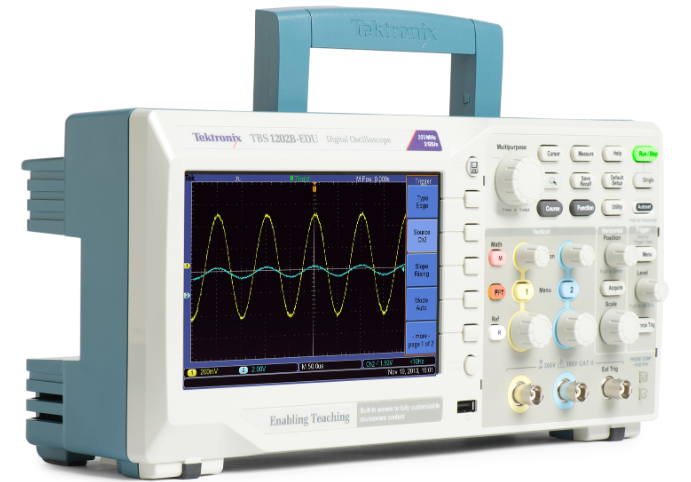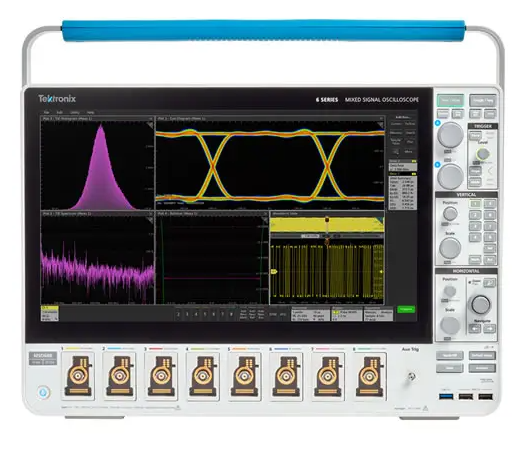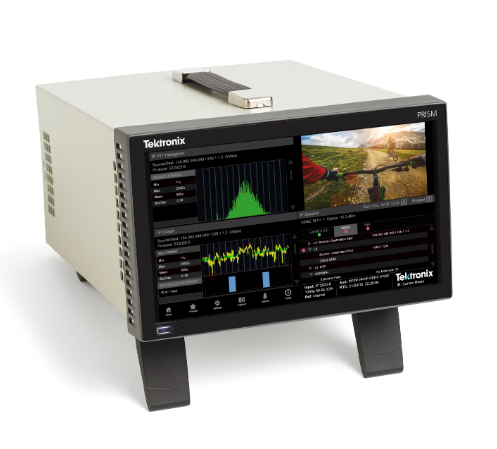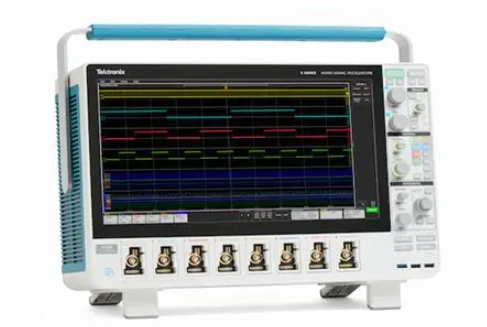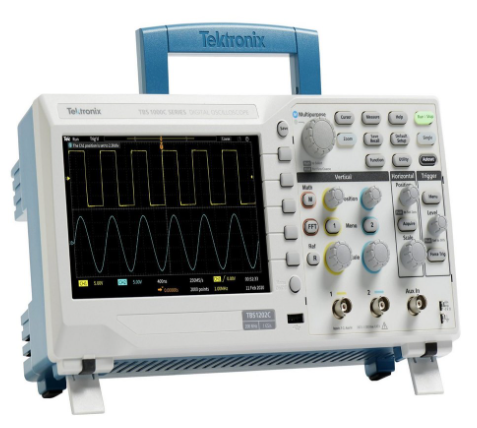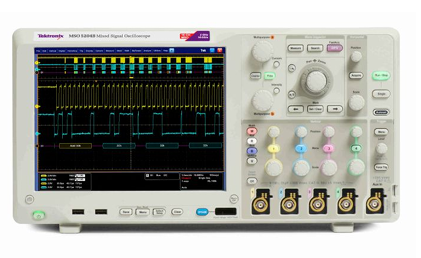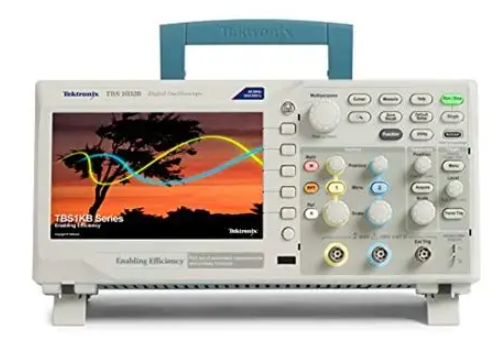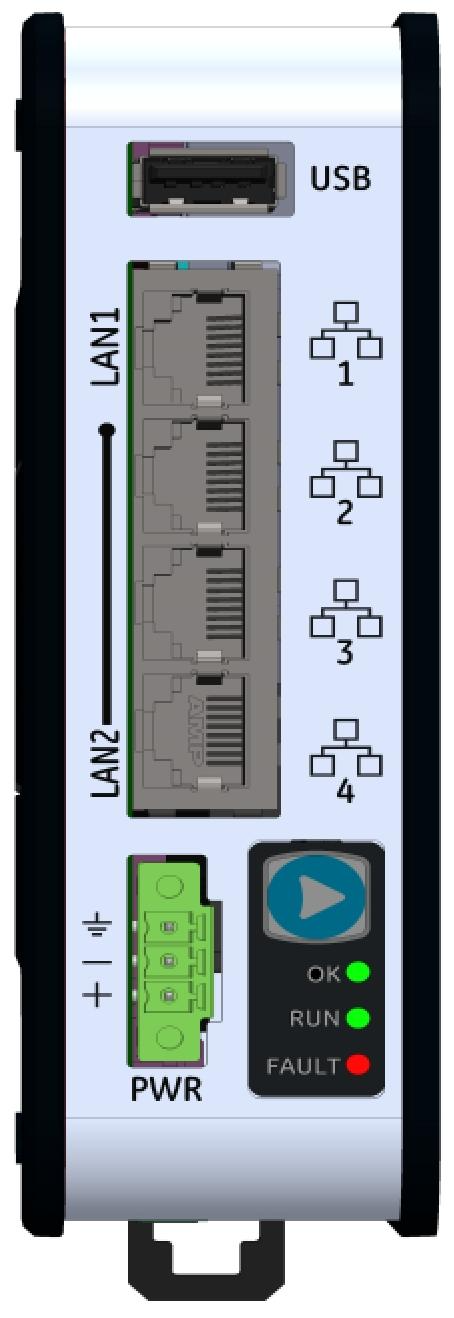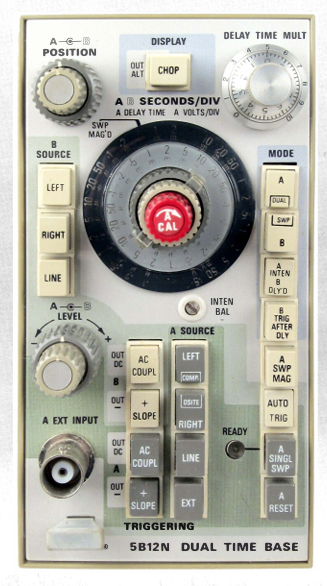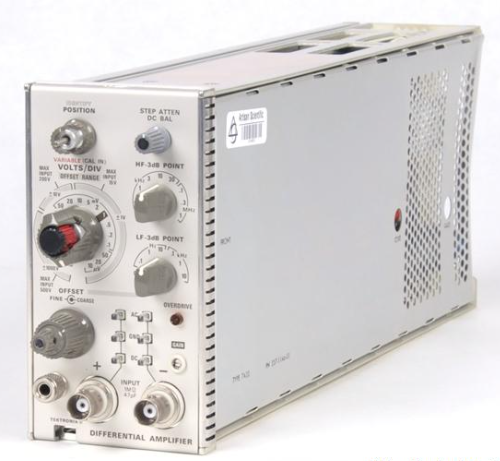

K-WANG


- Telephone:+86-15305925923
- contacts:Mr.Wang
- Email:wang@kongjiangauto.com
ABB TPS02 Turbine Protection Slave Module
Overview
Module purpose: ABB TPS02 Turbine Protection Slave Module is an important module for turbine protection system. As a slave module, it plays a key role in assisting and cooperating with the master module in the whole turbine protection architecture, and is mainly used to monitor and protect various operating parameters of the turbine to ensure that the turbine operates within safe parameters.
Affiliated system architecture: It usually forms a complete turbine protection system together with other related ABB control modules, in which the modules collaborate with each other to achieve all-round protection for the turbine.
Functional characteristics
Parameter monitoring
Comprehensive parameter coverage: It is capable of monitoring a wide range of key parameters in turbine operation, such as temperature, pressure, speed, vibration, and so on. For example, it can accurately monitor the temperature of the turbine shaft tile, and after the temperature signal is transmitted to the module through the sensor, data processing and judgement will be carried out.
High-precision monitoring: The monitoring of various parameters has high precision. Taking the speed monitoring as an example, its measurement accuracy can reach a high level, and it can accurately judge whether the turbine is overspeed or not, thus triggering the protection action in time.
Protection Functions
Rapid Response Mechanism: When the monitored parameter exceeds the preset safety threshold, it is able to respond quickly. For example, once the vibration amplitude of the turbine is detected to exceed the set value, a protection signal will be sent out in a very short time (usually within a few milliseconds), initiating corresponding protection actions, such as alarm or triggering the turbine to trip the circuit breaker, thus effectively avoiding serious damage to the equipment.
Co-protection with master module: as a slave module, it works closely with the master module. In the protection system, the master module may be responsible for the overall control and coordination, while the TPS02 module provides specific protection measures according to the commands of the master module and its own monitored conditions, enhancing the reliability of the whole protection system.
Communication functions
Internal communication collaboration: within the module, it is able to communicate efficiently with other related components. Through the internal communication bus, it can transmit the monitored data to other modules in time for comprehensive analysis, and at the same time, it can also receive control commands from other modules to ensure the smooth transmission of information within the system.
External communication interface: It has a standard external communication interface, which can communicate with the upper computer control system or other external devices. This makes it possible to send the running status data of the turbine to the remote monitoring centre, which is convenient for operators to carry out real-time monitoring and remote management.
Technical Parameters
Input Parameters
Signal type and range: Supports various types of input signals, such as analogue signals (4 - 20mA current signals, 0 - 10V voltage signals, etc.) and digital signals (pulse signals, etc.). For temperature signal inputs, the range may cover common industrial temperature intervals such as - 20°C to 500°C, depending on the sensor and system configuration.
Number of channels: Typically there are multiple input channels for connecting different sensors, the number of channels may range from 8 - 16 to meet the need for simultaneous monitoring of multiple parameters.
Output parameters
Protection Signal Outputs: A wide range of protection signals can be output, such as relay outputs, to trigger external protection devices, such as trip relays, alarms, etc. The capacity of the output signals (e.g. relay contact capacity) can meet the requirements of controlling external devices, and can generally withstand a certain current and voltage, such as contact capacity of 2A/250V AC.
Communication output: In terms of communication, the output data rate can meet the requirements of real-time monitoring, for example, when the data is output through the Ethernet interface, the data transmission rate can reach 10/100Mbps, which ensures that the data can be timely and accurately transmitted to the external equipment.
Working environment parameters
Temperature range: It can work in a wide range of temperature, generally from -10℃ to 60℃, to adapt to different industrial site environment temperature.
Humidity range: the relative humidity range is usually 10% - 90% (non-condensing), which can operate stably under certain humidity conditions and avoid failures caused by humidity problems.
Electromagnetic compatibility (EMC): in line with the relevant industrial standards, has good electromagnetic compatibility, can work normally in the industrial environment where electromagnetic interference exists, will not produce false operation due to external electromagnetic interference, and will not produce too much electromagnetic interference to the surrounding equipment.
Application Fields
Power generation industry
Thermal power generation: TPS02 module is an indispensable part of the turbine protection system in thermal power plants. It can monitor the operating parameters of the turbine under high temperature and high pressure in real time, prevent equipment damage caused by high temperature and overspeed, etc., and guarantee the stable operation of the generator set, so as to ensure the stable supply of electricity.
Nuclear power generation: It also plays an important role in the protection of steam turbines in nuclear power plants. As nuclear power plants require extremely high equipment safety, the module can provide high-precision parameter monitoring and reliable protection measures to ensure the safe operation of the turbine under special working conditions and prevent nuclear accidents from occurring.
Industrial drive field
Large industrial compressor drive: in petrochemical, natural gas transmission and other industries, large compressors are usually driven by turbines, and TPS02 module can protect the drive turbine to ensure the stable operation of the compressor, avoid production interruptions due to turbine failure, and improve the continuity and safety of industrial production.
Pump equipment drive: When the turbine is used as the power source in large pump equipment in chemical, paper, metallurgical and other industries, the module can ensure the safe operation of the turbine, which in turn ensures the normal operation of the pump and maintains the normal operation of the process.
Installation and Maintenance
Installation requirements
Installation location: It should be installed in the control cabinet close to the turbine equipment with suitable environmental conditions. Make sure that the module installation location is well ventilated to avoid direct baking by high temperature sources, and at the same time, it should be far away from large motors and other sources of strong electromagnetic interference to reduce the impact of electromagnetic interference on the performance of the module.
Wiring specifications: In the wiring, the input signal line (the line connecting the sensor) should be shielded cable, and should pay attention to the cable shielding layer grounded well, in order to reduce the impact of external electromagnetic interference on the signal. Signal lines and power lines should be laid separately to avoid interference with the signal from the power line. At the same time, the wiring should be correctly wired according to the wiring diagram of the module to ensure that each pin is connected accurately.
Maintenance points
Regular inspection: Regularly check the appearance of the module to see if there is any component damage, looseness, corrosion and so on. Check whether the terminals are firm and there is no oxidation. At the same time, check whether the module's cooling fan (if any) is functioning properly to ensure good heat dissipation of the module.
Function test: Conduct function tests periodically to check whether the monitoring and protection functions of the module are normal by analogue input signals. For example, enter an analogue overspeed signal and check that the module is able to correctly signal a trip. Functional tests should be carried out in accordance with defined test procedures and standards to ensure accuracy and completeness.
Software updates (if applicable): If the module's control software can be updated, perform regular software updates in accordance with the manufacturer's requirements. Software updates can repair known software defects, enhance the functionality of the module or improve the safety of the module. The update process should strictly follow the operating instructions to prevent module failure due to improper software updates.
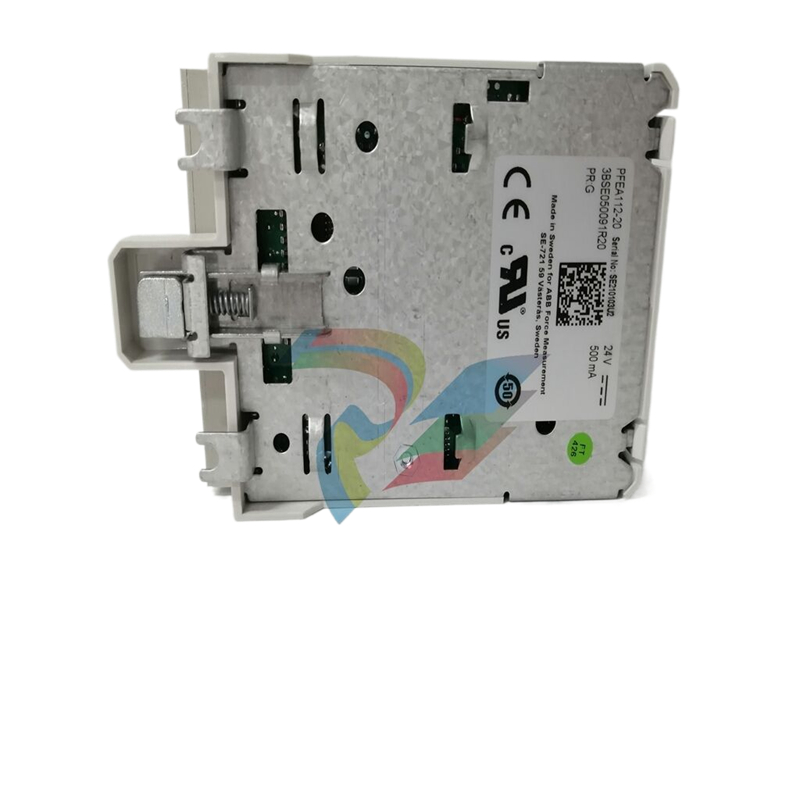
| User name | Member Level | Quantity | Specification | Purchase Date |
|---|






